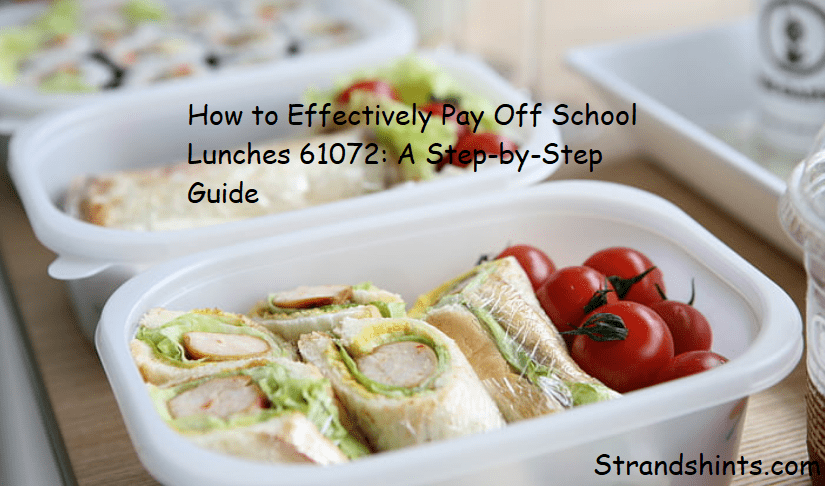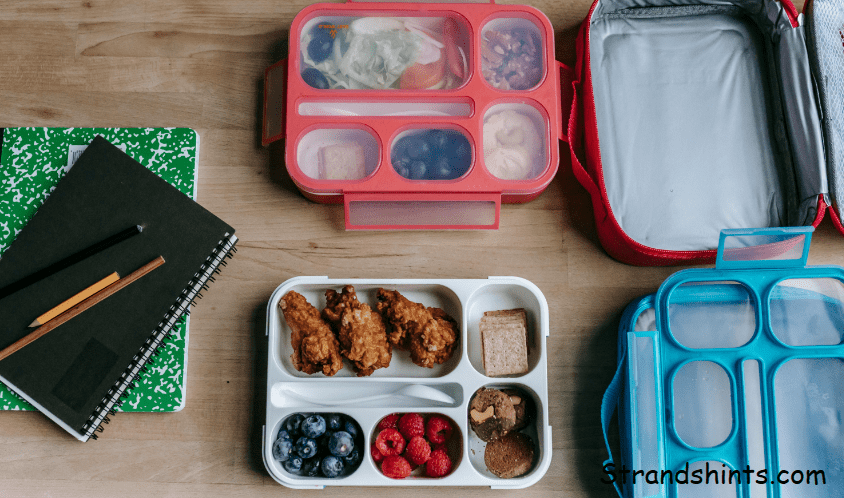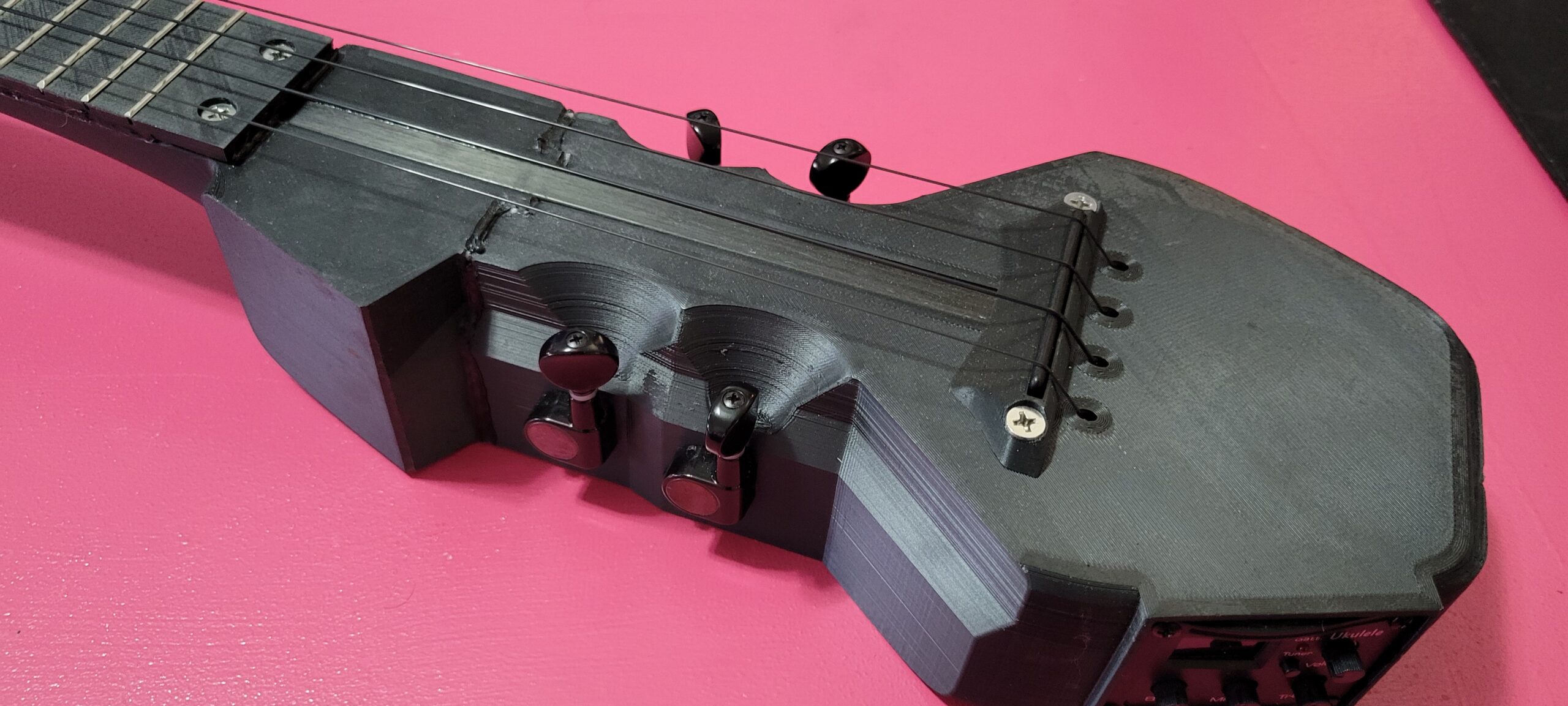Table of Contents
Introduction
Managing school lunch payments can sometimes feel overwhelming, especially when you want to ensure that your child has access to nutritious meals without falling behind on payments. If you’re looking for effective ways to pay off school lunches 61072, this comprehensive step-by-step guide will help you navigate the process with ease. We will cover everything from understanding the payment system to budgeting strategies and tips for managing school lunch accounts efficiently.
Understanding the Importance of School Lunch Payments
School lunches play a vital role in a child’s development, providing them with the necessary nutrition to concentrate and learn throughout the day. However, the financial aspect of school lunches can become a burden for many families. Paying off school lunches is crucial not just for your child’s well-being, but also for maintaining good standing with the school district.
The Impact of Unpaid Lunch Balances
When school lunch balances go unpaid, several issues may arise:
- Debt Accumulation: Accumulating unpaid balances can lead to larger debts that become difficult to manage over time.
- Limited Meal Options: Schools may restrict students’ meal choices if their accounts are overdue, which can affect their nutrition.
- Stigmatization: Children with unpaid balances may experience embarrassment or stigma among peers, impacting their social experience at school.
By learning how to pay off school lunches 61072, you can ensure your child continues to receive nutritious meals while avoiding these issues.
Step 1: Understand Your School’s Lunch Payment System
Before you start paying off lunch balances, it’s essential to understand how your school district manages lunch payments. Most schools operate a similar system, but specifics may vary.
Common Payment Methods
- Online Payment Portals: Many schools have online systems where you can pay directly using a credit or debit card.
- Cash or Check Payments: You can often send cash or checks with your child to school to pay off the balance.
- Mobile Apps: Some districts use apps for managing school lunch payments, allowing for convenient transactions.
- In-Person Payments: You can visit the school cafeteria or administration office to make payments directly.
Finding Information
Check your school district’s website or contact the administration office for detailed information about the payment methods available, including any associated fees or deadlines.
Step 2: Assess Your Current Lunch Balance
To pay off school lunches 61072 effectively, start by assessing your child’s current lunch balance. This information will help you determine how much you need to pay and create a plan to tackle any outstanding amounts.
Checking Lunch Balances
- Online Portal: Log in to your school’s online payment portal to view your child’s lunch balance.
- Cafeteria Staff: You can also ask cafeteria staff or your child’s teacher for current balance information.
- Monthly Statements: Some schools send out monthly statements detailing meal purchases and outstanding balances.
Understanding Charges
Pay attention to what types of meals are being charged. Regular meals, extra snacks, or drinks may accumulate charges quickly. Understanding these charges will help you identify areas where you can cut back if needed.
Step 3: Create a Budget for Lunch Payments
Establishing a budget is a crucial step in paying off school lunches 61072. A budget will allow you to allocate funds specifically for school lunches and help you keep track of payments.
Tips for Budgeting
- Calculate Monthly Costs: Estimate how much you typically spend on school lunches each month, including both pre-paid and daily meal costs.
- Track Expenses: Keep records of all lunch-related expenses to see where your money is going.
- Prioritize Lunch Payments: Treat lunch payments as a non-negotiable expense in your budget to avoid falling behind.
Budget Example
Here’s a simple budget example:
| Monthly Income: | $3,000 |
| Fixed Expenses: | $1,500 |
| Variable Expenses: | $800 |
| Lunch Payments: | $200 |
| Savings: | $500 |
With this budget, you can see where you stand financially and how much you can allocate to pay off school lunches 61072.
Step 4: Make Payments Regularly
To manage your child’s lunch balance effectively, establish a routine for making payments. Regular payments can help prevent accumulating debt and ensure that your child has access to meals.
Payment Schedule Ideas
- Weekly Payments: Pay a set amount each week to keep the balance low.
- Biweekly Payments: If you receive a paycheck every two weeks, consider making payments at that time.
- Monthly Payments: If you can afford to make a larger payment once a month, this option works well for some families.
Setting Reminders
Use calendar apps or reminder systems to help you remember when payments are due. This can help you avoid late fees or service interruptions.
Step 5: Explore Assistance Programs
If you find it challenging to pay off school lunches 61072, consider exploring assistance programs that may be available to you.
Types of Assistance Programs
- Free and Reduced-Price Meals: Many school districts offer programs for families who qualify based on income. Check with your school to see if you’re eligible.
- Community Resources: Local charities, food banks, or community organizations may offer assistance for families struggling to afford school lunches.
- Payment Plans: Some schools may offer payment plans for outstanding balances, allowing you to pay off debts over time.
Applying for Assistance
To apply for free or reduced-price meals, complete the required paperwork at your child’s school or online. Be prepared to provide documentation of your financial situation if necessary.
Step 6: Involve Your Child in the Process
Engaging your child in the lunch payment process can promote financial literacy and responsibility. Help them understand the importance of budgeting and managing their lunch account.
Teaching Financial Responsibility
- Discuss Meal Choices: Talk to your child about healthy meal options available at school and how to choose wisely within their lunch budget.
- Encourage Savings: If your child receives money for snacks or lunch, encourage them to save for special treats rather than spending it all at once.
- Review Balances Together: Regularly check lunch balances with your child so they can see how spending affects their account.
Step 7: Communicate with School Staff
Establish open communication with your child’s school staff regarding lunch payments. This can help you stay informed about policies and any changes that may affect your child’s meals.
Building Relationships
- Cafeteria Manager: Introduce yourself to the cafeteria manager or staff. They can provide valuable insights into your child’s lunch account and the school’s payment policies.
- School Counselor: If your family is facing financial difficulties, the school counselor may have resources and suggestions for assistance.
- Parent-Teacher Association (PTA): Joining the PTA can provide additional resources and support regarding school lunch programs.
Step 8: Monitor and Adjust Your Plan
As circumstances change, it’s important to monitor your lunch payment plan and adjust it as needed. Changes in income, expenses, or school policies may require you to reevaluate your approach to paying off school lunches 61072.
Regular Reviews
- Monthly Check-ins: Review your child’s lunch account monthly to track spending and payments.
- Adjust Budgets: If you notice that your child is spending more than expected, adjust the budget or payment amounts accordingly.
- Stay Informed: Keep up-to-date with any changes in school lunch policies or prices.
Conclusion
Paying off school lunches is an essential responsibility for parents, ensuring that children have access to nutritious meals while avoiding accumulating debts. By following the steps outlined in this guide, you can effectively manage school lunch payments and create a positive experience for your child. Remember, understanding the payment system, creating a budget, and seeking assistance when needed are key to successfully navigating the world of school lunch payments.
With the right approach, you can confidently pay off school lunches 61072 and provide your child with the meals they need to thrive. Stay proactive, communicate openly with school staff, and involve your child in the process to foster responsibility and awareness of their nutrition and finances.
FAQs
1. How can I check my child’s school lunch balance in district 61072?
You can check your child’s school lunch balance through the school’s online payment portal, by contacting the cafeteria staff, or by reviewing monthly statements sent by the school.
2. What payment methods are available for paying off school lunches?
Payment methods typically include online payments via credit/debit card, cash or check payments sent with your child, mobile apps, and in-person payments at the school office or cafeteria.
3. Are there assistance programs available for families struggling to pay for school lunches?
Yes, many schools offer free and reduced-price meal programs for eligible families. You can also explore local community resources and payment plans offered by the school district.
4. How can I involve my child in managing their school lunch payments?
Teach your child about budgeting for their lunches, discuss healthy meal choices, and review their lunch account balances together regularly to foster financial responsibility.
5. What should I do if my child’s lunch account is overdue?
Contact the school cafeteria or administration office to discuss payment options, consider setting up a payment plan, and explore assistance programs if you’re facing financial difficulties.







